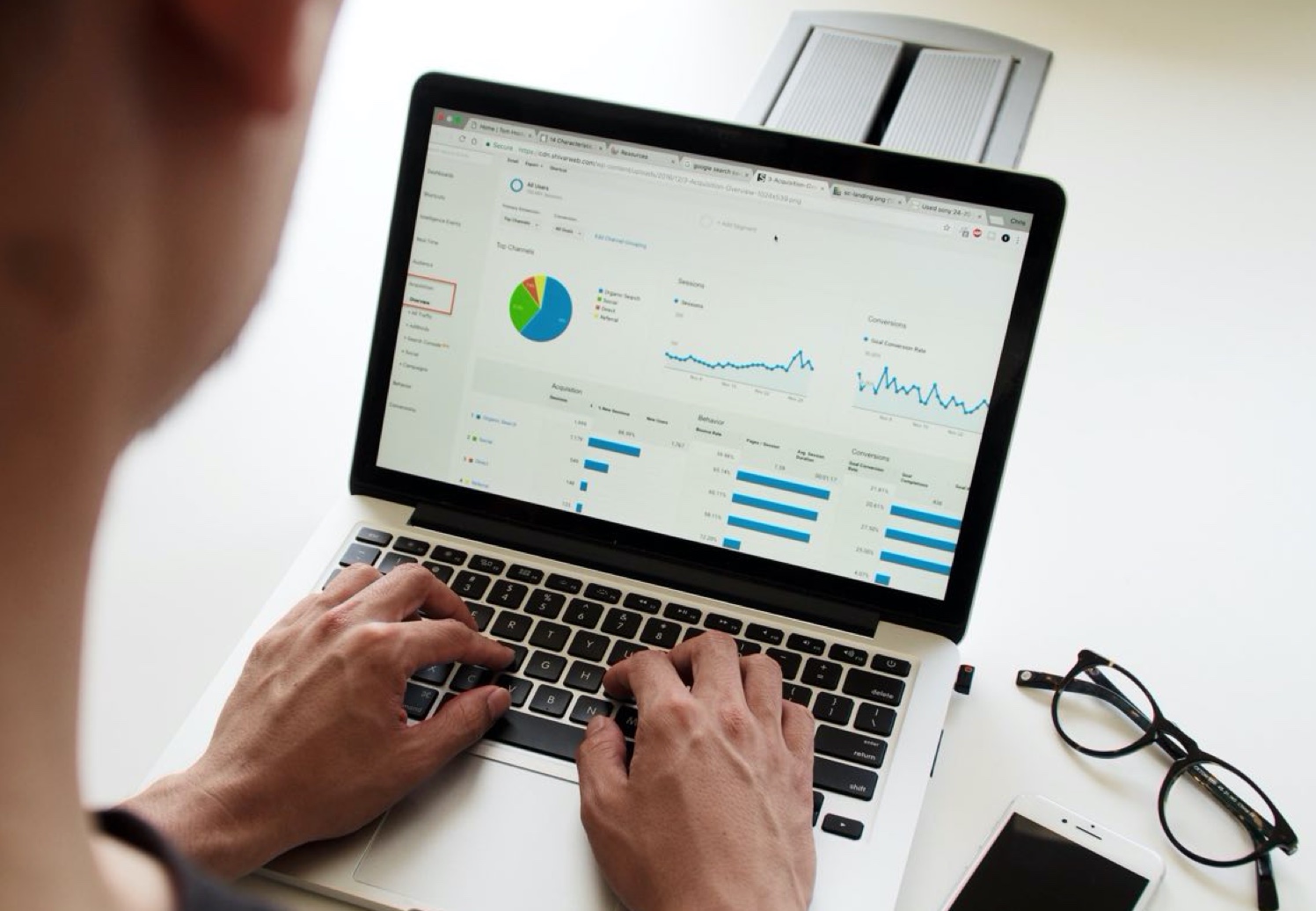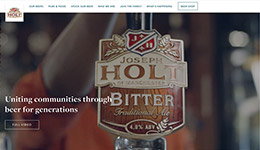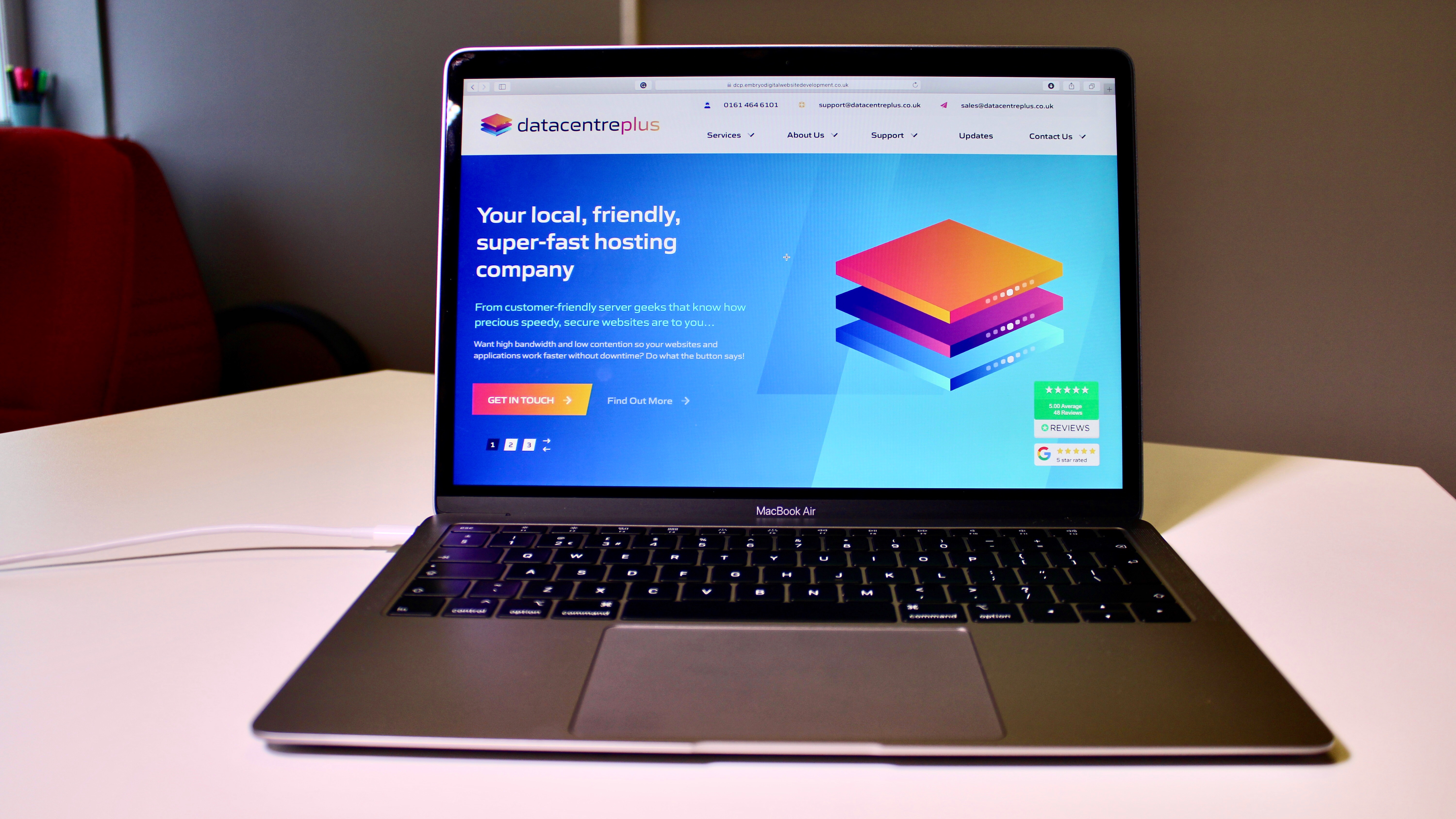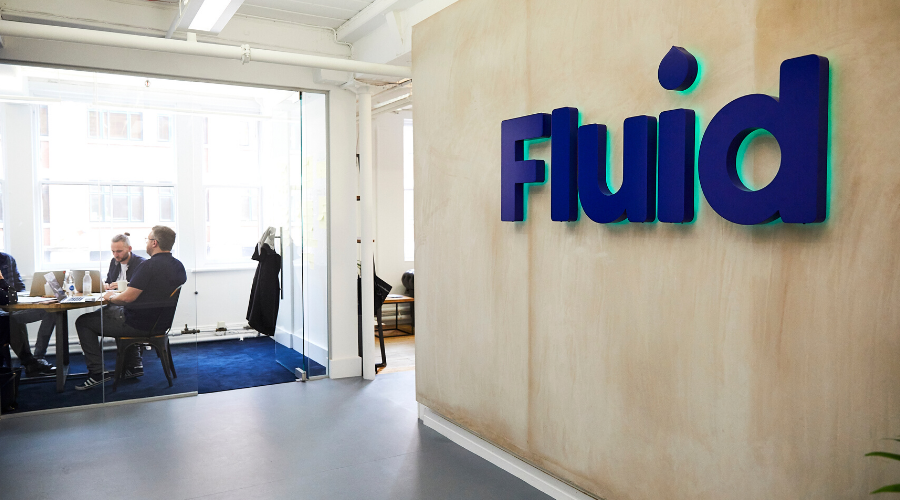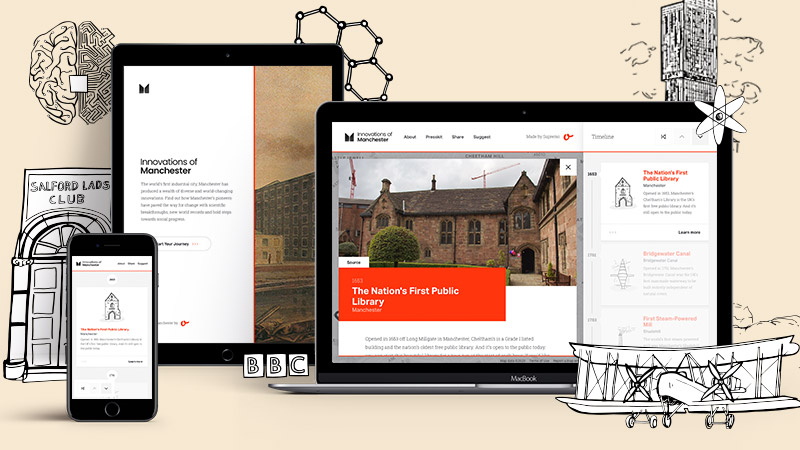
Experience Design is a design practice focused on human outcomes.
Particularly the level of engagement and satisfaction that the user derives from a product or service and the relevance of the experience to their needs and context.
It is:
- Iterative: identifying and resolving design challenges through cycles of creativity and user research.
- Collaborative: involving specialists from various design and non-design disciplines, as well as project stakeholders and end users, in the design process.
- Measurable: identifying both physical and emotional outcomes for the experience, and measuring success against these targets.
We developed this definition out of a conversation that started at a company meeting a while back. The short story is that we all agreed that we are an experience design agency, but that in turn led quite quickly to the question: do we all mean the same thing by experience design?
Fast-forward a couple of months and this is what we came up with. We thought we’d share it here to stress test it with the world, and see if it sparked any interesting conversations. Please feel very free to add your views below.
What did we leave out?
One obvious omission is anything about commercial outcomes. That was deliberate because although our company practices experience design on a commercial basis we were interested in developing a definition that was more universal, something that could be equally useful to a town planner, or a headteacher, or a conference organiser, or a bishop.
The Foolproof ‘flavour’ of experience design would always be rooted in business outcomes. We express our job as finding a win/win between the needs of the clients that hire us and the needs of their customers.
We also don’t make any specific mention of digital. Our particular specialism within this field is around digital products and services so we use certain tools and techniques that are suitable for this context and the kinds of clients we have. But we understand that not every design problem starts or ends in the digital space.
How is it different from any other sort of design?
The differences are subtle, but significant. It’s probably easier to express the main difference in terms of starting point.
Experience design takes people and human needs as the first frame of reference. We’ve all seen examples of design where either technology (what does this new technology allow us to do?) or surface layer aesthetics (how can we best present our brand within this design?) was the starting point. This often leads to design solutions that don’t meet the criteria of ‘relevance’ that we’ve put in the definition above. In fact, this whole exercise has given me a new understanding and respect for the word ‘relevance’ – it’s a powerful idea.
Another difference comes from the diverse skills and specialisms you need within a team to develop a compelling user experience. For digital experience design, yes, you need people with IA, interaction design, visual design and developer skills, but you also might need access to researchers, social scientists, psychologists, ergonomists, marketers, data analysts or any number of other skills are relevant in your particular design space.
All of which would point to the notion that great experience design isn’t easy or cheap. True, but it is fun and rewarding and it creates value at a different multiple from traditional approaches to design.

